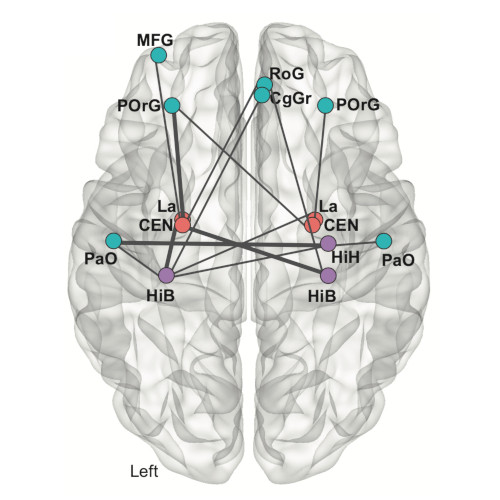
Shuyang Yao, Arvid Harder, Fahimeh Darki, Yu-Wei Chang , Ang Li, Kasra Nikouei, Giovanni Volpe, Johan N Lundström, Jian Zeng , Naomi Wray, Yi Lu, Patrick F Sullivan, Jens Hjerling-Leffler
medRxiv: 10.1101/2024.01.18.24301478
Understanding the temporal and spatial brain locations etiological for psychiatric disorders is essential for targeted neurobiological research. Integration of genomic insights from genome-wide association studies with single-cell transcriptomics is a powerful approach although past efforts have necessarily relied on mouse atlases. Leveraging a comprehensive atlas of the adult human brain, we prioritized cell types via the enrichment of SNP-heritabilities for brain diseases, disorders, and traits, progressing from individual cell types to brain regions. Our findings highlight specific neuronal clusters significantly enriched for the SNP-heritabilities for schizophrenia, bipolar disorder, and major depressive disorder along with intelligence, education, and neuroticism. Extrapolation of cell-type results to brain regions reveals important patterns for schizophrenia with distinct subregions in the hippocampus and amygdala exhibiting the highest significance. Cerebral cortical regions display similar enrichments despite the known prefrontal dysfunction in those with schizophrenia highlighting the importance of subcortical connectivity. Using functional MRI connectivity from cases with schizophrenia and neurotypical controls, we identified brain networks that distinguished cases from controls that also confirmed involvement of the central and lateral amygdala, hippocampal body, and prefrontal cortex. Our findings underscore the value of single-cell transcriptomics in decoding the polygenicity of psychiatric disorders and offer a promising convergence of genomic, transcriptomic, and brain imaging modalities toward common biological targets.